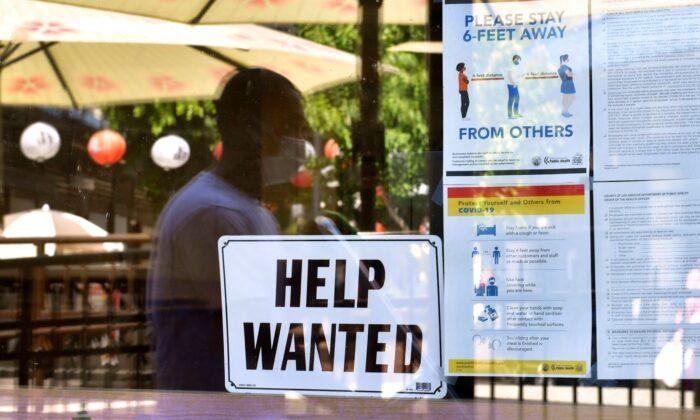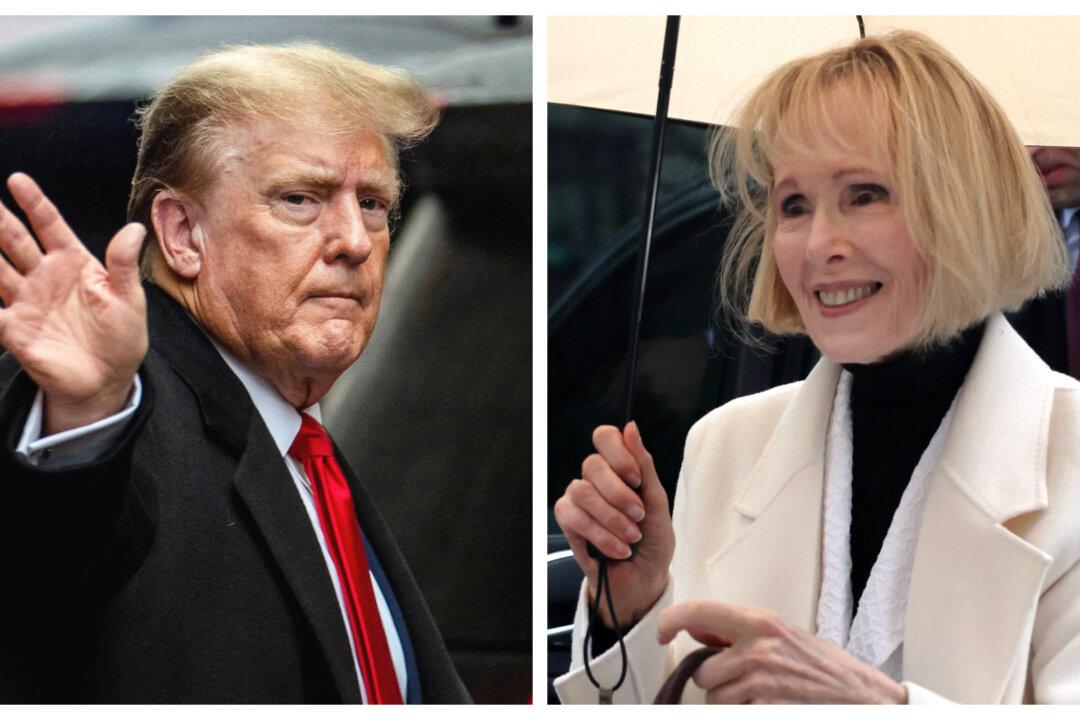A new report from the Chicago Federal Reserve on business conditions in the central bank’s 7th district paints a picture of slowing growth and historically high price pressures, with labor cost inflation at a record high.
At the same time, labor costs rose to a series high of plus 42 in August, up by two points from July and the highest reading in the eight-year history of the series. Nonlabor cost pressures—led by materials, shipping, and energy—held steady over the month at plus 23, a level not seen since mid-2018.
While the Chicago Fed survey is limited in scope to the 7th district, it provides insight into the state of the broader economy. According to Thomas Walstrum, a senior business economist at the Chicago Fed, the survey’s headline business activity index has tracked real gross domestic product (GDP) growth from 2013 to the present “quite well.”
Despite the slowdown in the current business activity measure, respondents’ outlooks for the economy over the next 12 months remained optimistic, with 60 percent saying that they expect an increase in economic activity in the coming year, according to the Chicago Fed report. Still, the 12-month forward outlook deteriorated significantly in August compared to July, dropping over the month to a reading of plus 14 from plus 44.
The pace of hiring fell, as did respondents’ expectations for the pace of hiring over the next 12 months, though both indexes remained in positive territory.
Resource shortages were “pervasive” and input price pressures were “widespread,” with many businesses reporting difficulty sourcing key inputs, even at greatly increased prices, according to the Beige Book report.
“Firms have continued to report exceptionally widespread increases in input prices—particularly in the construction, manufacturing, wholesale trade, and transportation and warehousing industries,” the report authors wrote, noting that contacts in all sectors expect widespread input price increases for the rest of the year.
Half of the districts described input price inflation as “strong,” while the other half characterized it as “moderate.” In many cases, higher input costs are likely to translate into higher prices for consumers.
“A sizable share of contacts in all sectors plan to increase prices over the next six months,” the authors wrote, noting that several of the 12 districts indicated that businesses expect “significant hikes” in their selling prices in the months ahead.
Adding fuel to the inflationary dynamic were upward price pressures on wages, with most businesses characterizing wage growth as “strong” as demand for workers continued to climb.
“All districts noted extensive labor shortages that were constraining employment and, in many cases, impending business activity,” the authors of the report wrote.
Increased worker turnover, a rise in early retirements, child care needs, and enhanced unemployment benefits were all noted as factors driving the hiring crunch, according to the report, with businesses resorting to more frequent raises, bonuses, training, and flexible work arrangements to attract and keep staff.





